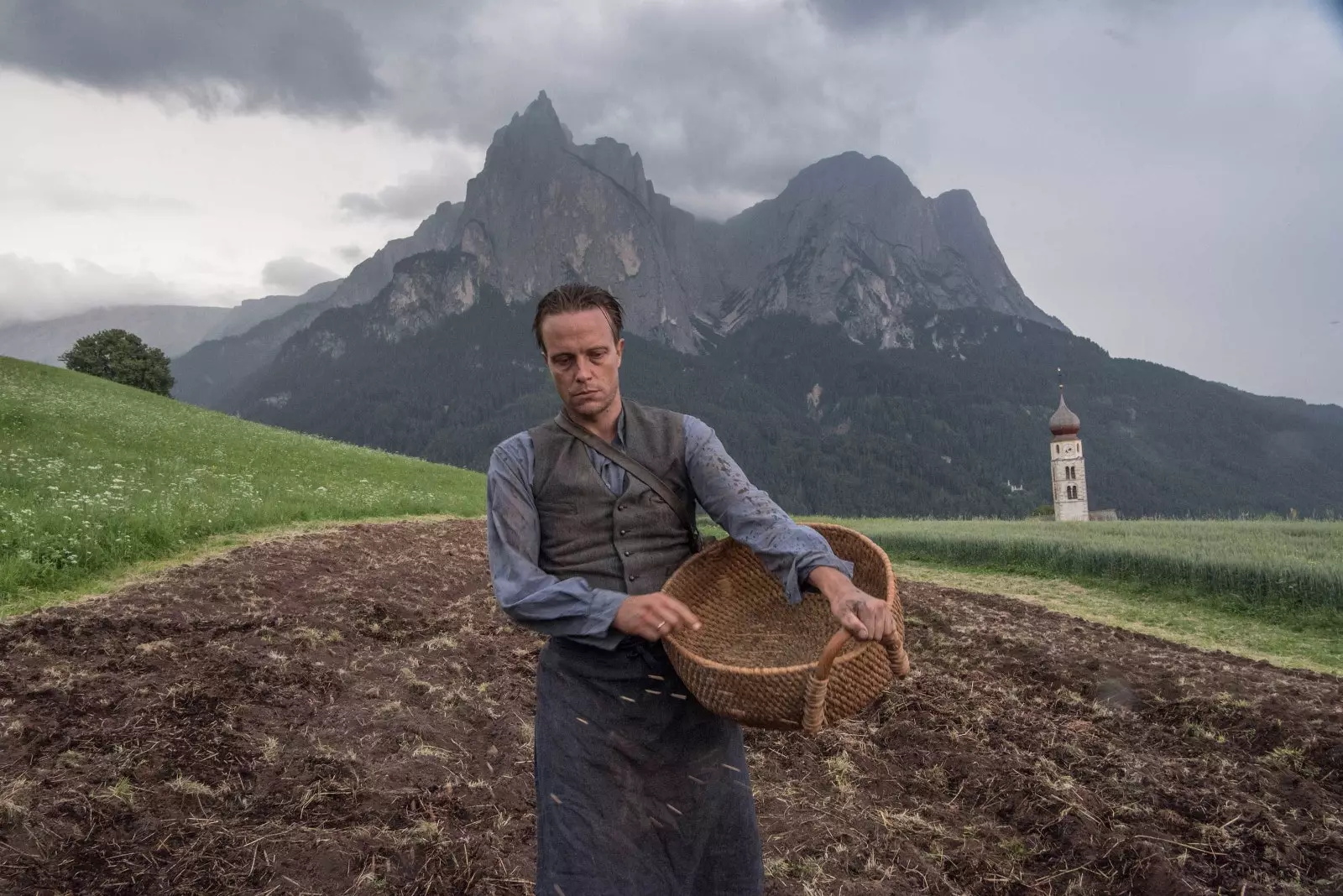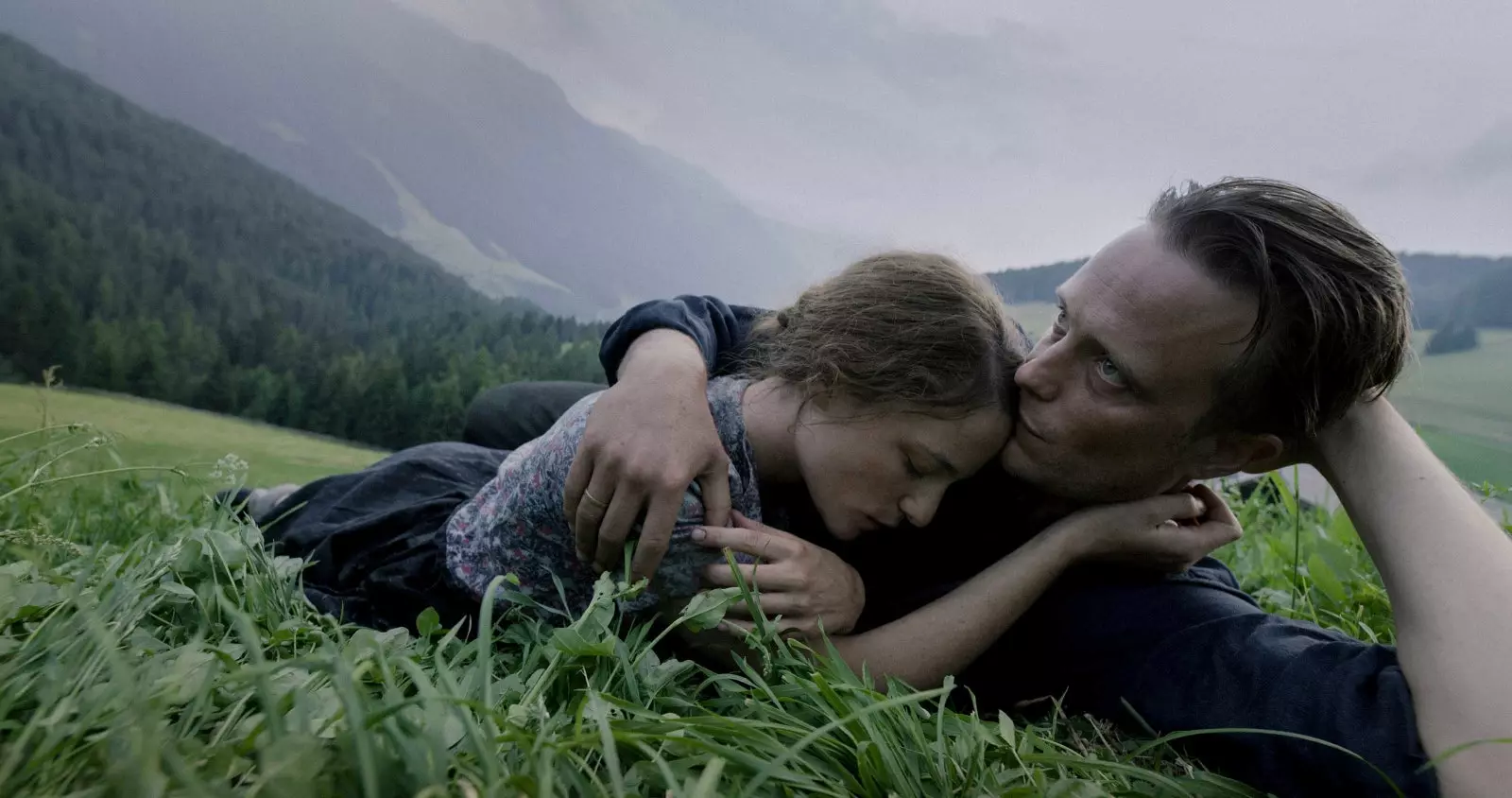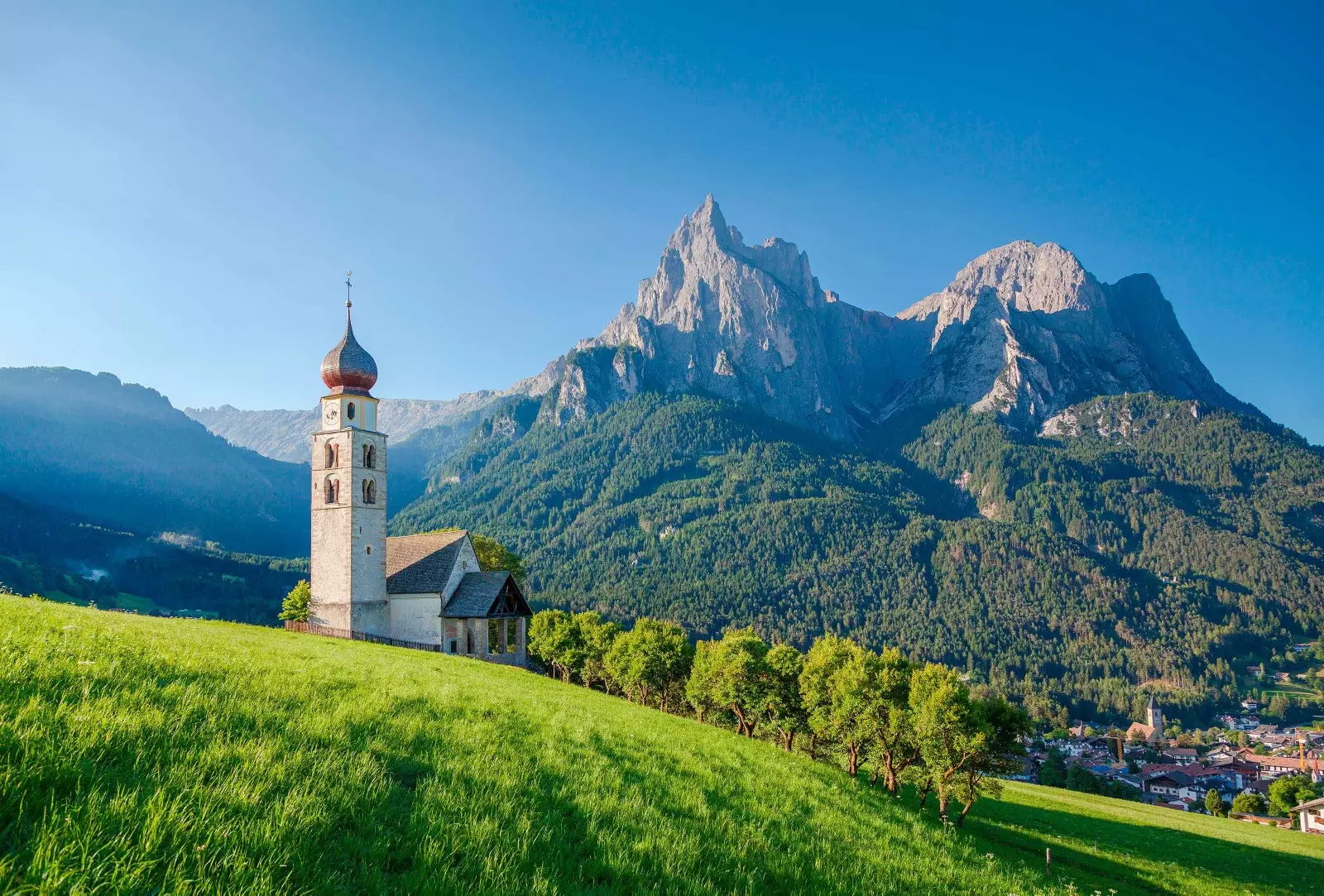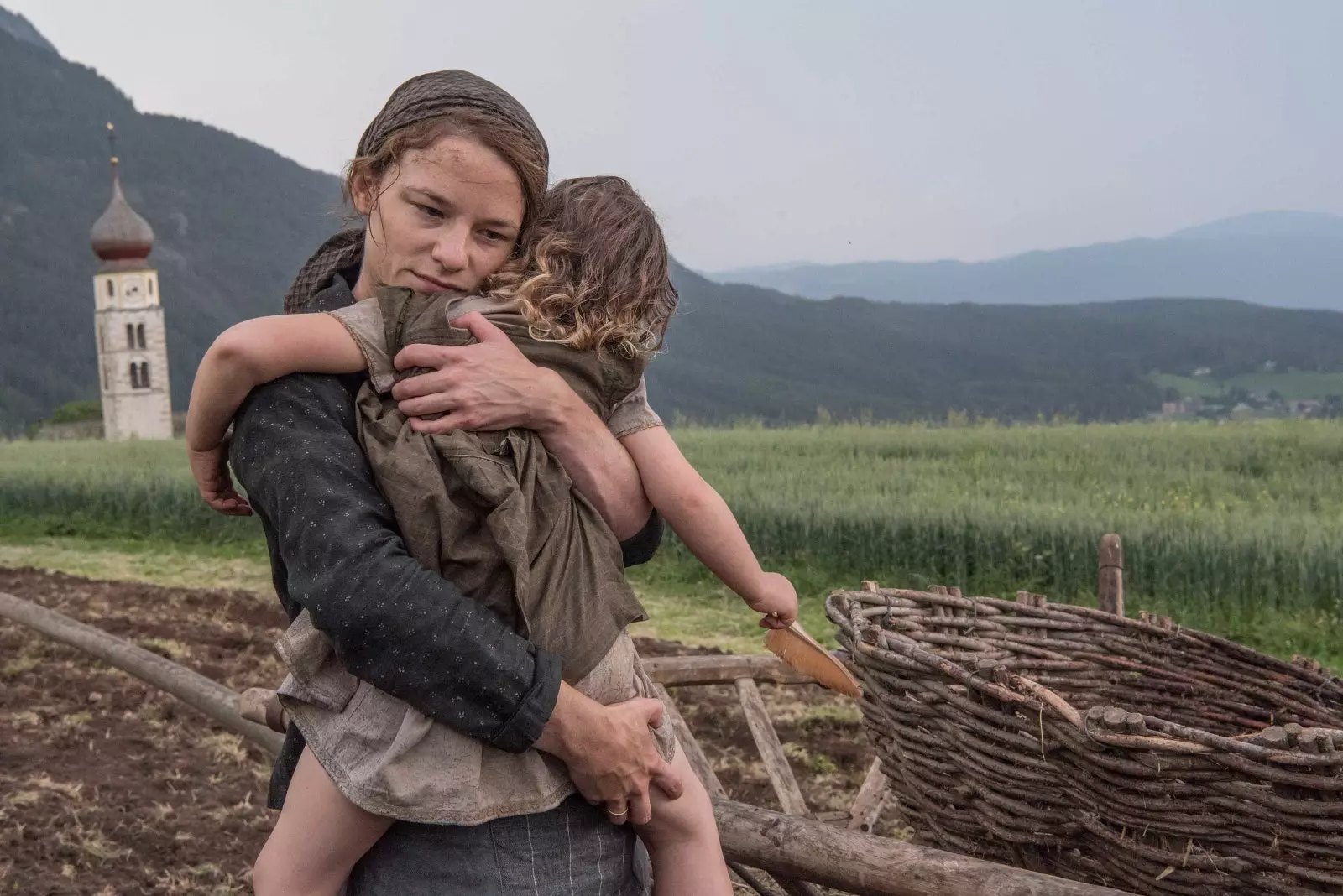“[…] that good continues to grow in the world depends in part on non-historical acts; and that things don't go as badly between us as they might have been is due in part to those who faithfully lived a hidden life and rest in graves that no one visits” . These words of the writer Mary Ann Evans (or by her pseudonym George Eliot) mark Hidden Life (A Hidden Life), the latest film by the director and visual poet Terrence Malik (The Tree of Life).
As in his last films, Malick shoots looking for the natural light of the real locations that he uses. He squeezes the nature that surrounds him and the colors of him. But, for the first time, the director tells a story based on real events: the life of Franz Jägerstätter, an Austrian farmer who refused to swear allegiance to Hitler in World War II. His wife Franziska (Fani) was left in charge of his three daughters and the farm they had in a small town of 500 inhabitants, Sankt Radegund, in the valleys of Upper Austria, near Salzburg. Ironically and tragically, the same province in which Hitler was born and close to his mountain retreat of Berchtesgaden.

The hidden and simple life of South Tyrol.
However, to shoot Hidden Life they spent more time in South Tyrol, the province of northern Italy than in the Austrian Alps. St. Radegund, the original town of Jägerstätter, was highly modernized, even in the surrounding farmland and Malick just wanted authenticity. In addition to “texture and visual possibilities”.
“The most important thing we learned is that natural light levels they were a very important part of the decision-making process when choosing which location would work best," says Steve Summersgill, art director.
Sebastian Krawinkel, production director, spent a year touring the South Tyrol and Upper Austria with Malick, as well as documenting himself in the letters between Franz and Fani on which the story is based. They even talked to the daughters of the Jägerstätter who still live in or around Radegund. “Talking to his family and being in the places he went through constantly gave me goosebumps,” says Krawinkel.

August Diehl and Valerie Pachner in 'Hidden Life'.
In Radegund they entered the protagonist's original house, filmed in the couple's bedroom, still intact. Also in the woods at the foot of the house. But the town itself was rebuilt into different towns in South Tyrol. The church seen in the background of the valley plans were shot in St. Valentin in Seis am Schlern. The original mill was found in Terenten. There are scenes in valleys of Gsies, of Albions.
“The most incredible thing about this part of the world is that most of the farms are the same as they were 150 years ago,” Krawinkel tells.
Pre-production was carried out in the spring and they shot in the summer , although a second smaller unit also filmed in the coldest seasons and entered more mountainous locations with more difficult access.

The church of St. Valentin in the alpine village of Seis am Schlern.
“You have to capture nature as it happens,” explains director of photography Joerg Widmer. “You cannot design it: when sunset comes, you have to be there to capture it. If a storm comes, you have to be in the right place to capture the wind and the beauty of the clouds.”
Key to Malick, the elusive director, who hasn't given interviews or appeared in public in decades, was this raw nature. Heavenly and earthly. Beautiful and terrifying. It's a perfect metaphor for the story it tells. , a man faithful to his principles and his Christian faith, refusing to surrender to the evil that his government represents. Those mountains, the harshness and hard work of the fields, the family warmth, a hidden, simple and quiet life that, sometimes, does make history.

The church of Seis am Schlern in 'Hidden Life'.
